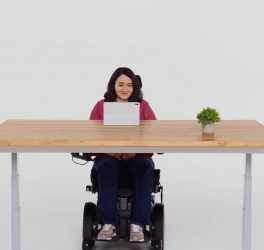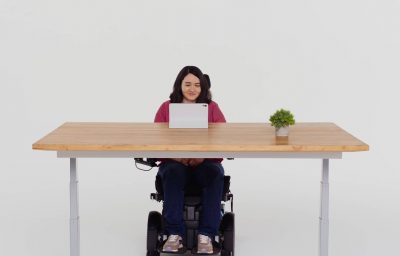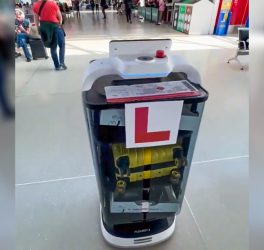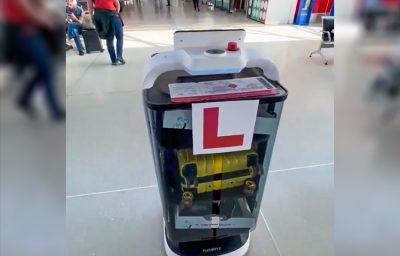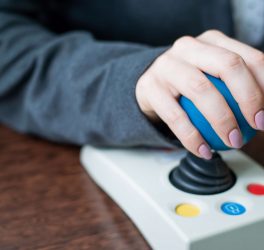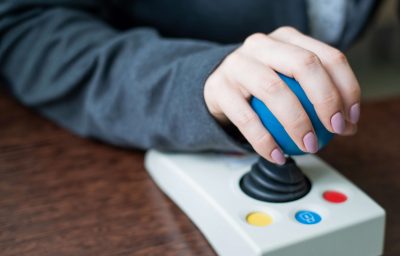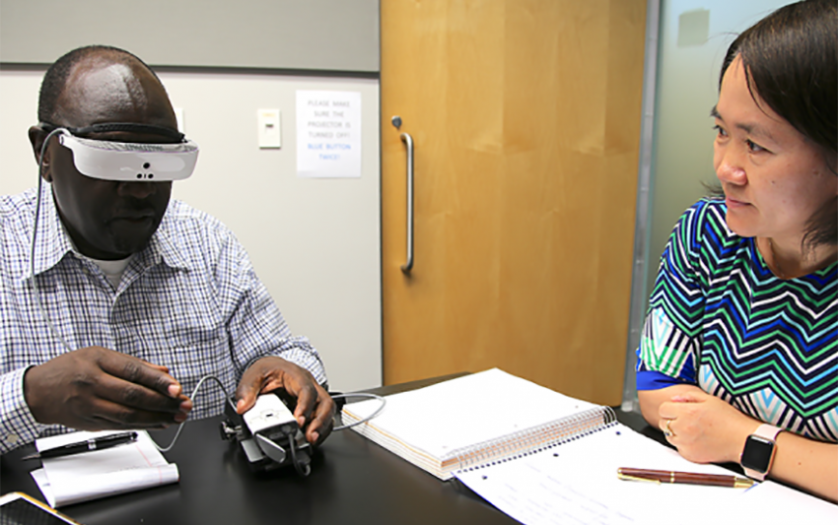
Tucson, Arizona – A University of Arizona scientist helped create eyewear technology that is changing the way people with low vision see the world.
Hong Hua, professor of optical sciences at the James C. Wyant College of Optical Sciences at the University of Arizona, has become highly recognized for her research in innovative 3D display technologies, complex visualization systems and novel image acquisition systems.
The office of the UA that commercializes inventions stemming from research, the University patented the technologies and licensed them to eSight Corporation.
“When I originally met with the eSight team, I was intrigued by the broad social impact of the project,” Hua said. “They said they were developing a system to help low vision people, and the more I listened to them, the more I thought they were doing something really useful and helpful, and I wanted to be a part of it.”
Specifically, Hua and Kuhn developed a wedge-shaped prism eyepiece design with free-form surfaces that provide both high resolution and a large exit pupil – a combination and level of image quality that has not been previously achieved.
The end product – eSight 3 – allows individuals with low vision to see, permitting the legally blind to be mobile, thrive at work, study independently and engage in virtually all activities of daily life. The glasses work by capturing images with a small camera, enhancing them, and then projecting them onto screens in front of each eye in real-time, providing more visual data to the brain and triggering an increased reaction from the eye. The glasses also allow users to adjust zoom, focus, contrast and color.

